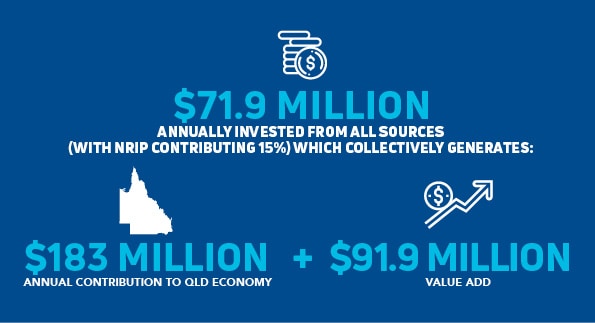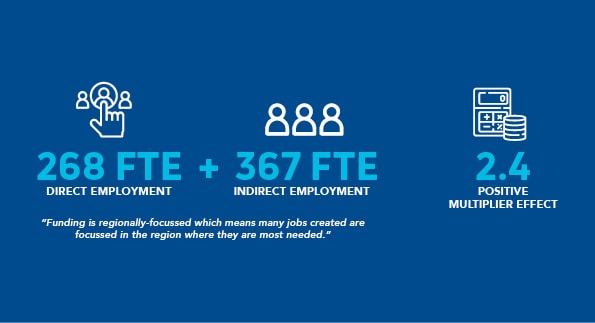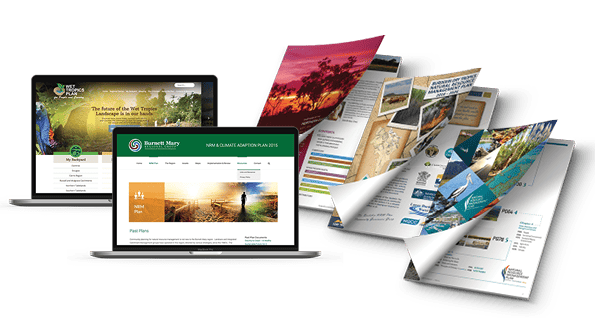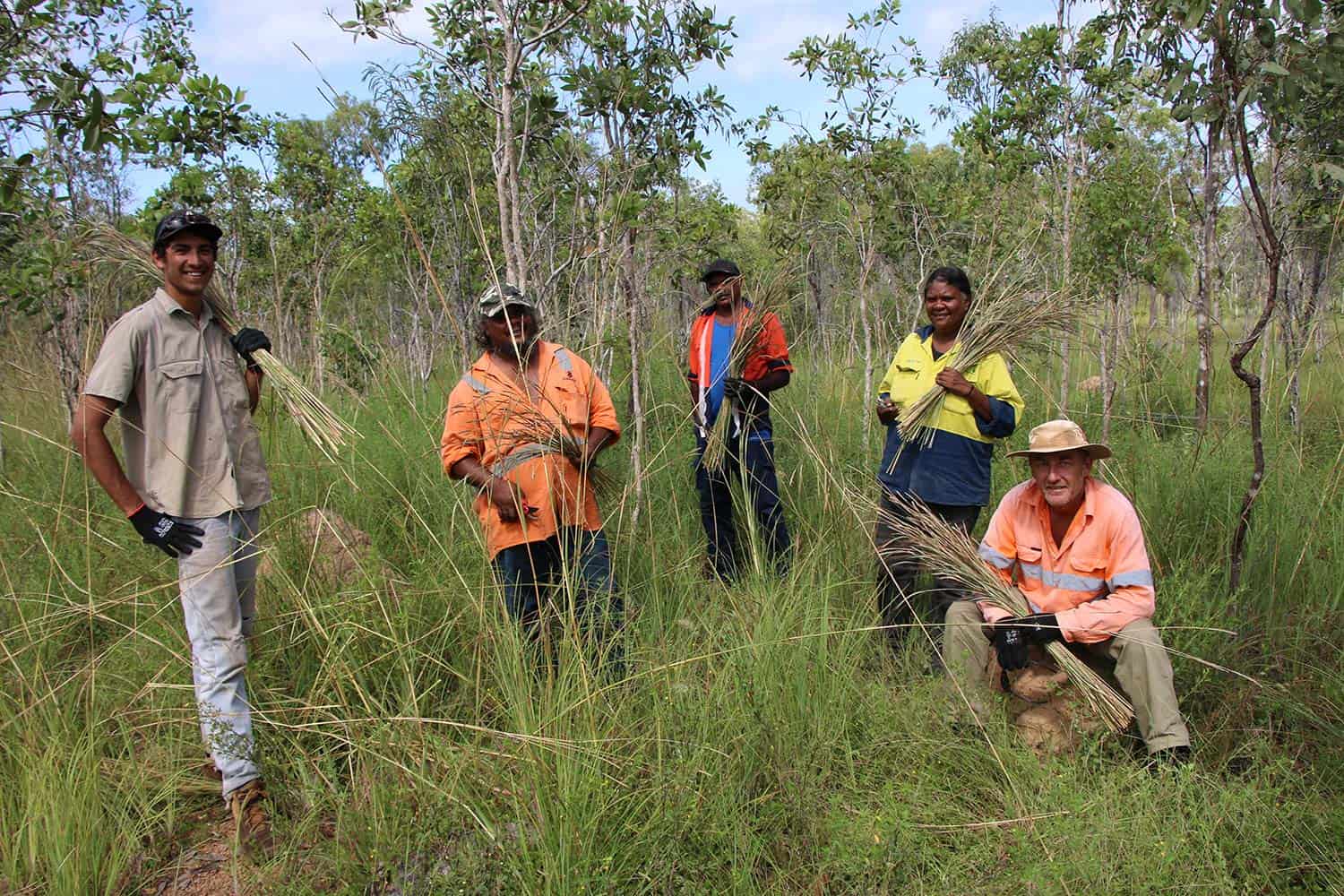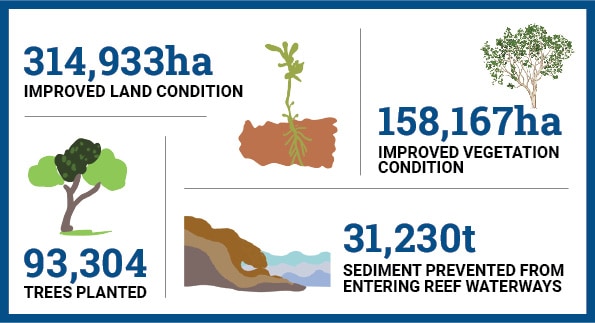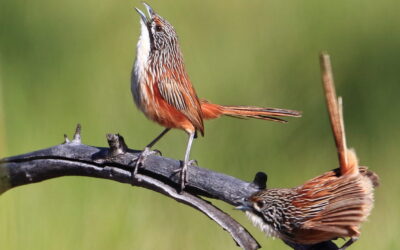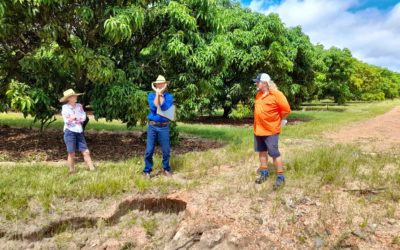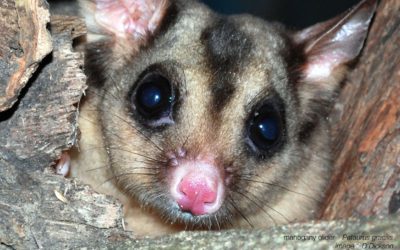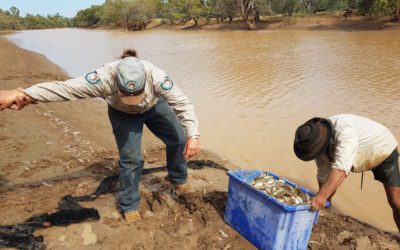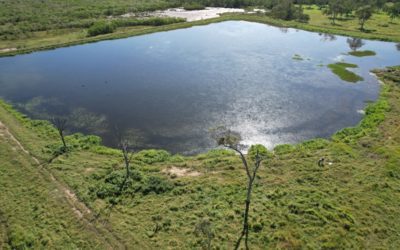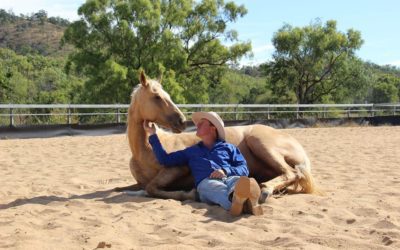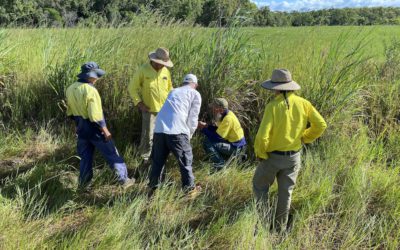Working collaboratively with their communities for more than two decades, Queensland’s regional NRM organisations have boots on the ground and are ready to deliver outcomes for the Australian Government’s new Regional Delivery Partners Panel for environmental protection, sustainable agriculture and natural resource management services.
The 12 regional NRM organisations in Queensland are community-based, working in partnership with Traditional Owners, local governments, farming groups, the Landcare sector, water utilities and land managers to deliver solutions to challenges that affect the environment and our primary industries.
We have more than 320 people on the ground, across 27 locations, right now, including scientists, GIS experts, engineers, community engagement specialists, ecologists, Traditional Knowledge brokers and Landcare Facilitators with strong connections across urban, regional and remote Queensland.
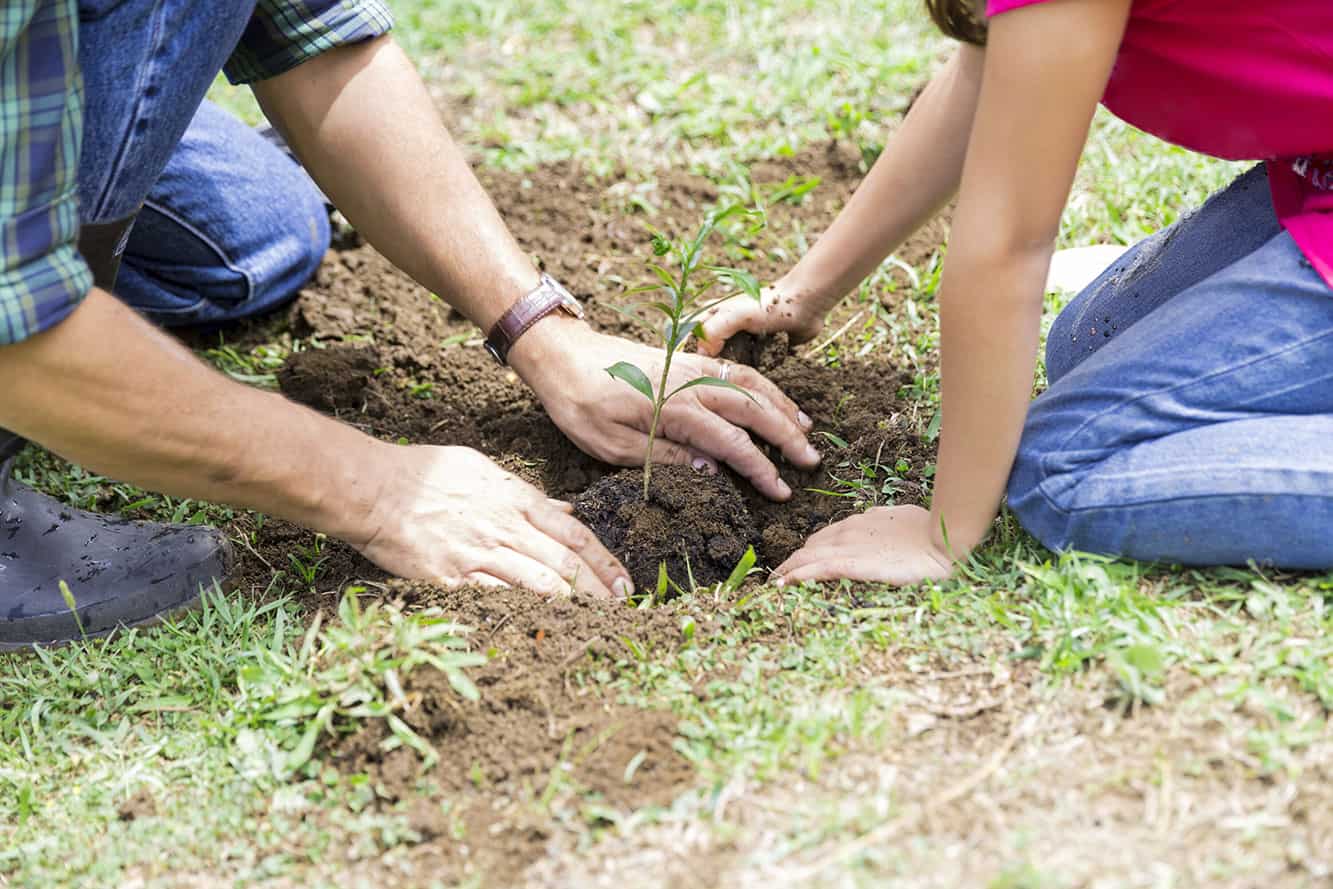
the facts
case studies
Reducing the impact of fire on endangered Carpentarian Grasswren – Southern Gulf NRM
A Mount Isa based NRM organisation is leading the charge to protect Carpentaria Grasswren from wildfires in North West Queensland.
Supporting stronger soil health in Queensland’s Northern Gulf – Gulf Savannah NRM
Gulf Savannah NRM’s Healthy Farming Futures project is improving soil health in a region where intensive agriculture is worth $72+ million to the economy.
Green Connections in the Wet Tropics – Terrain NRM
“Making green connections – between forests and with people.”
Carp numbers down in Ramsar wetlands – Southern Queensland Landscapes
According to the National Carp Control Program, carp populations can make up to 80% of the total fish present in some parts of the Murray-Darling Basin, yet in Currawinya National Park, the invasive species is in decline.
Sandringham Wetlands Complex – Reef Catchments
Improving the ecological function and condition of the Sandringham Wetland Complex and threatened ecological communities within the region.
One-on-one visit to Offmore Farm leaves a large legacy – Fitzroy Basin Association
“Stopping runoff benefits everyone, if you’ve got water running off your property, you’re losing potential.” Scotty Finlayson, Offmore Farm.
Weeding out invasive species – Cape York NRM
In April 2022 a multi-agency taskforce arrived in Cooktown in Far North Queensland in an unprecedented show of unity to assess the prevalence of Gamba Grass, control its spread and raise community awareness about this invasive weed.
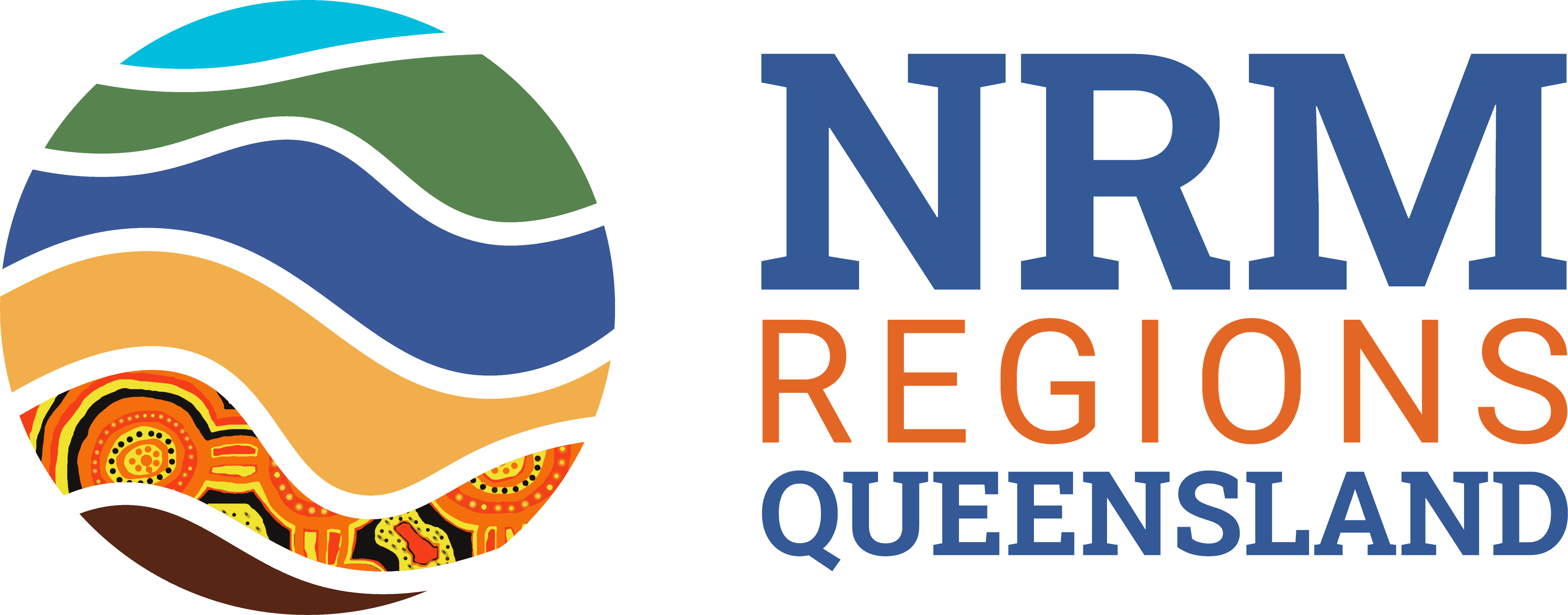


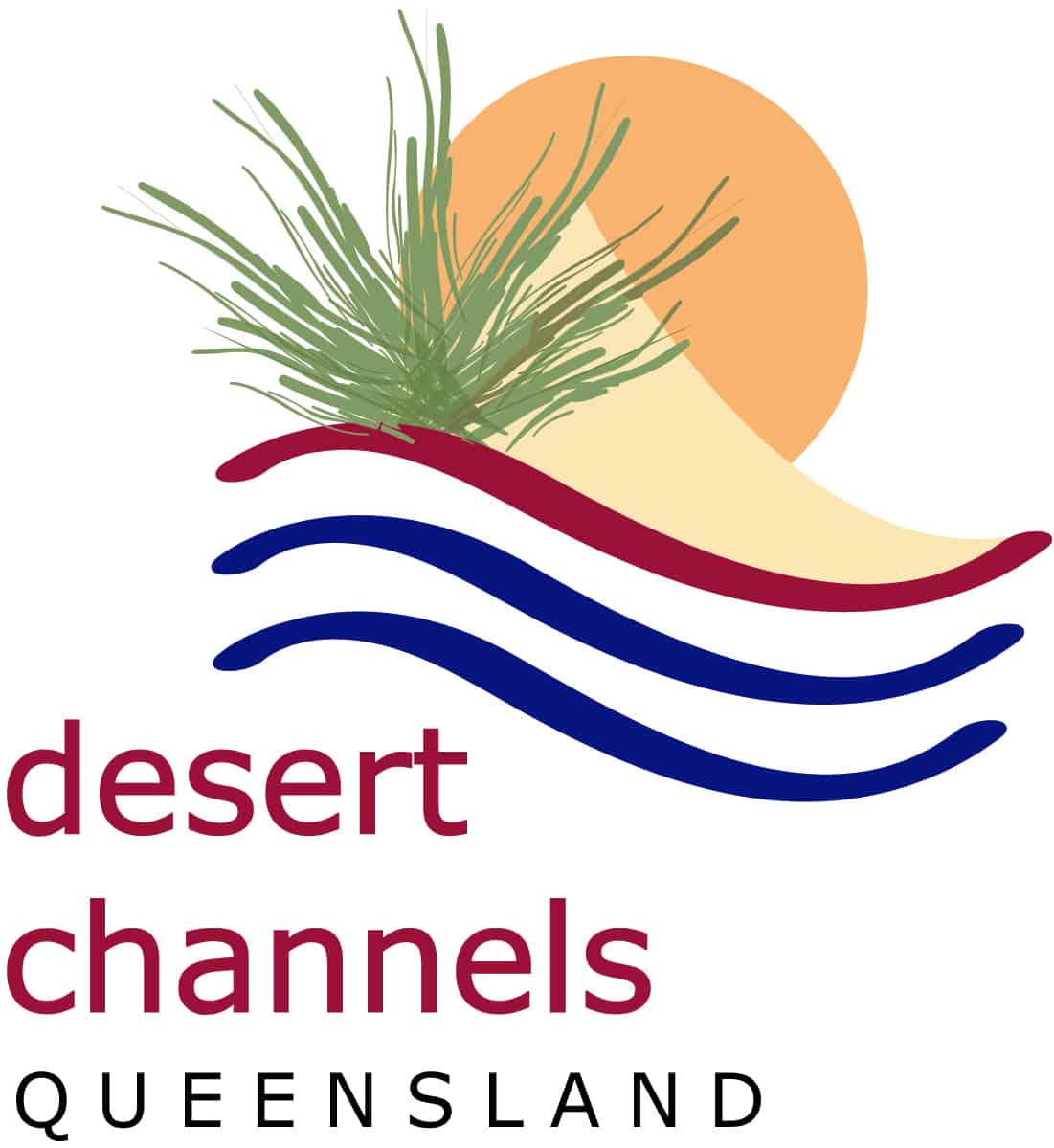
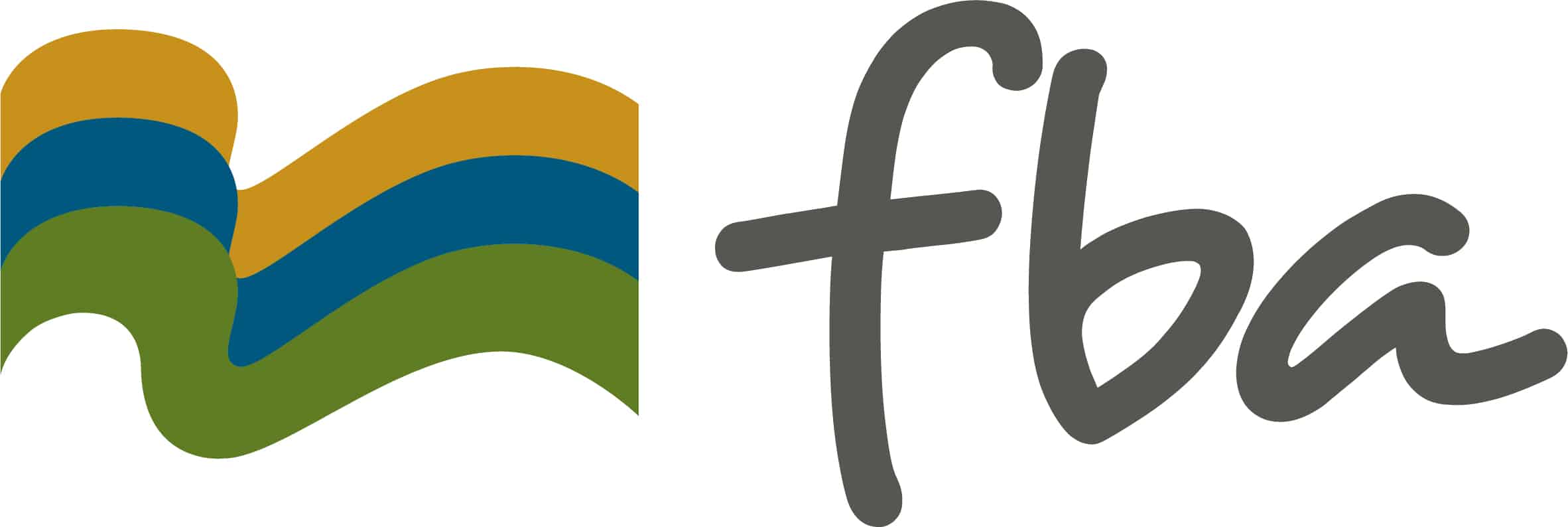
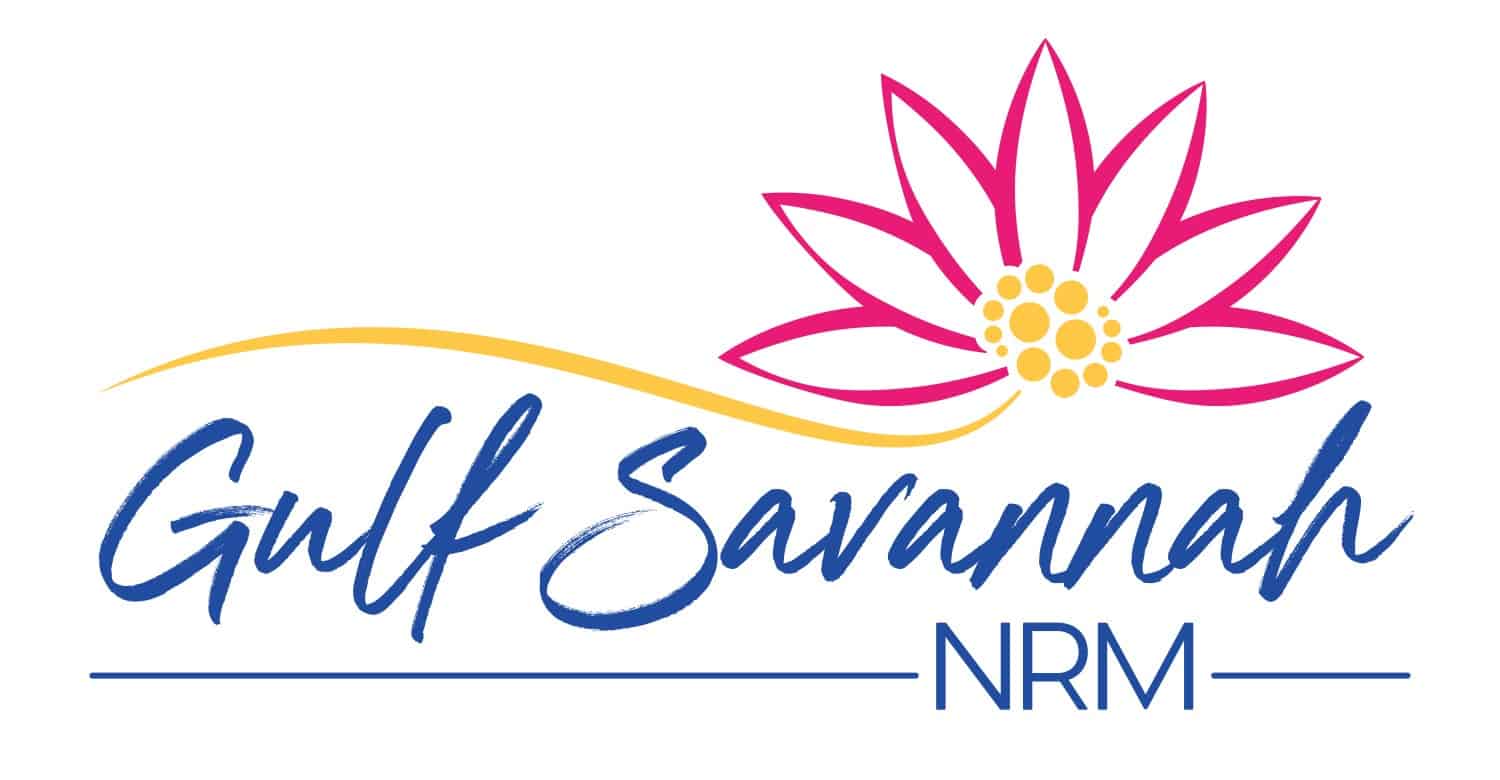
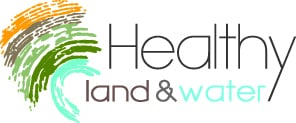


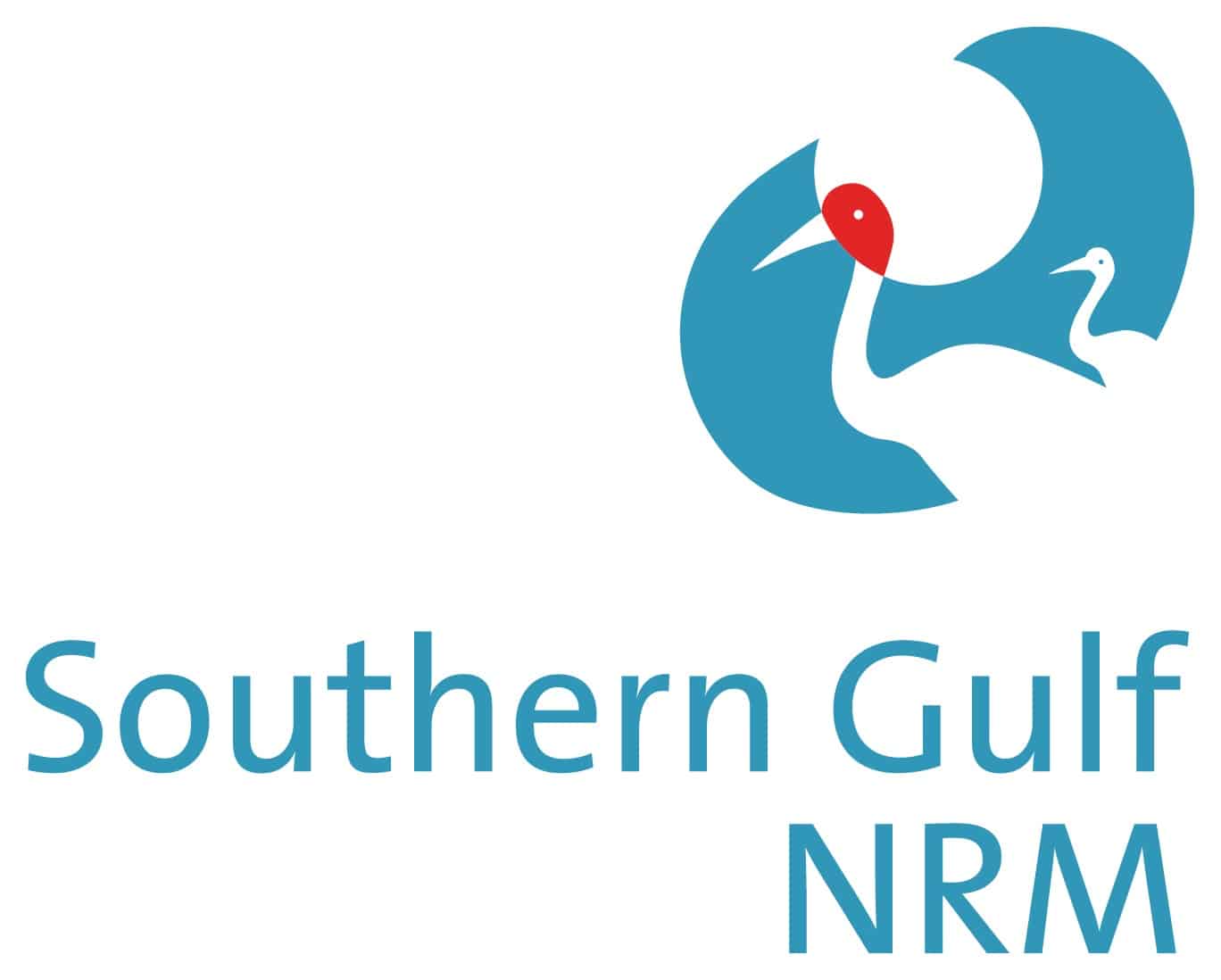
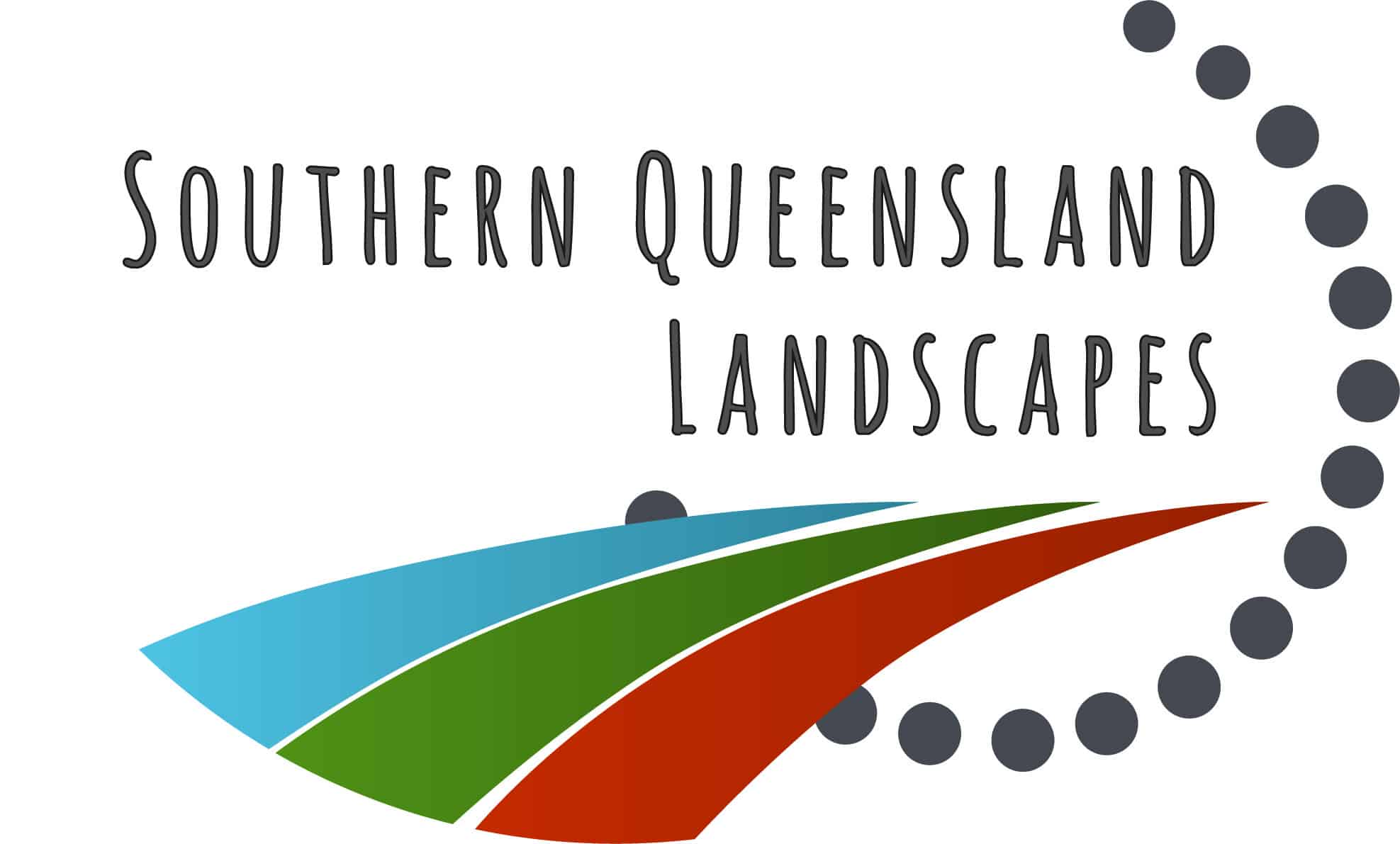

![TSRA Logo Large File Size[1]](https://www.nrmrq.org.au/wp-content/uploads/2022/09/TSRA-Logo-Large-File-Size1.jpg)
